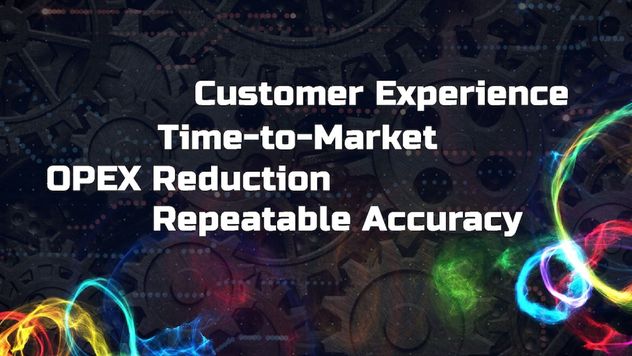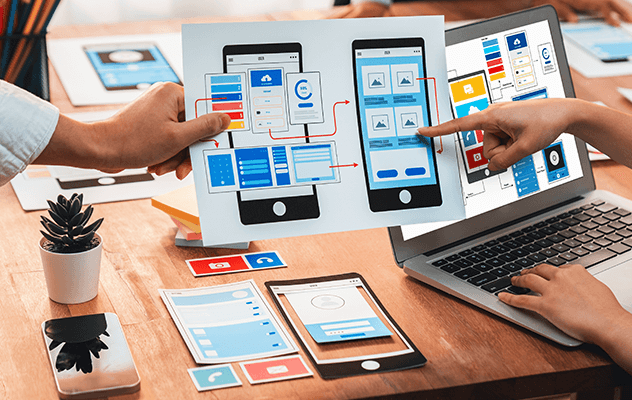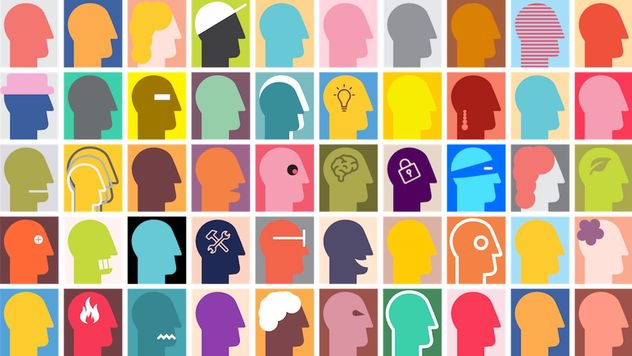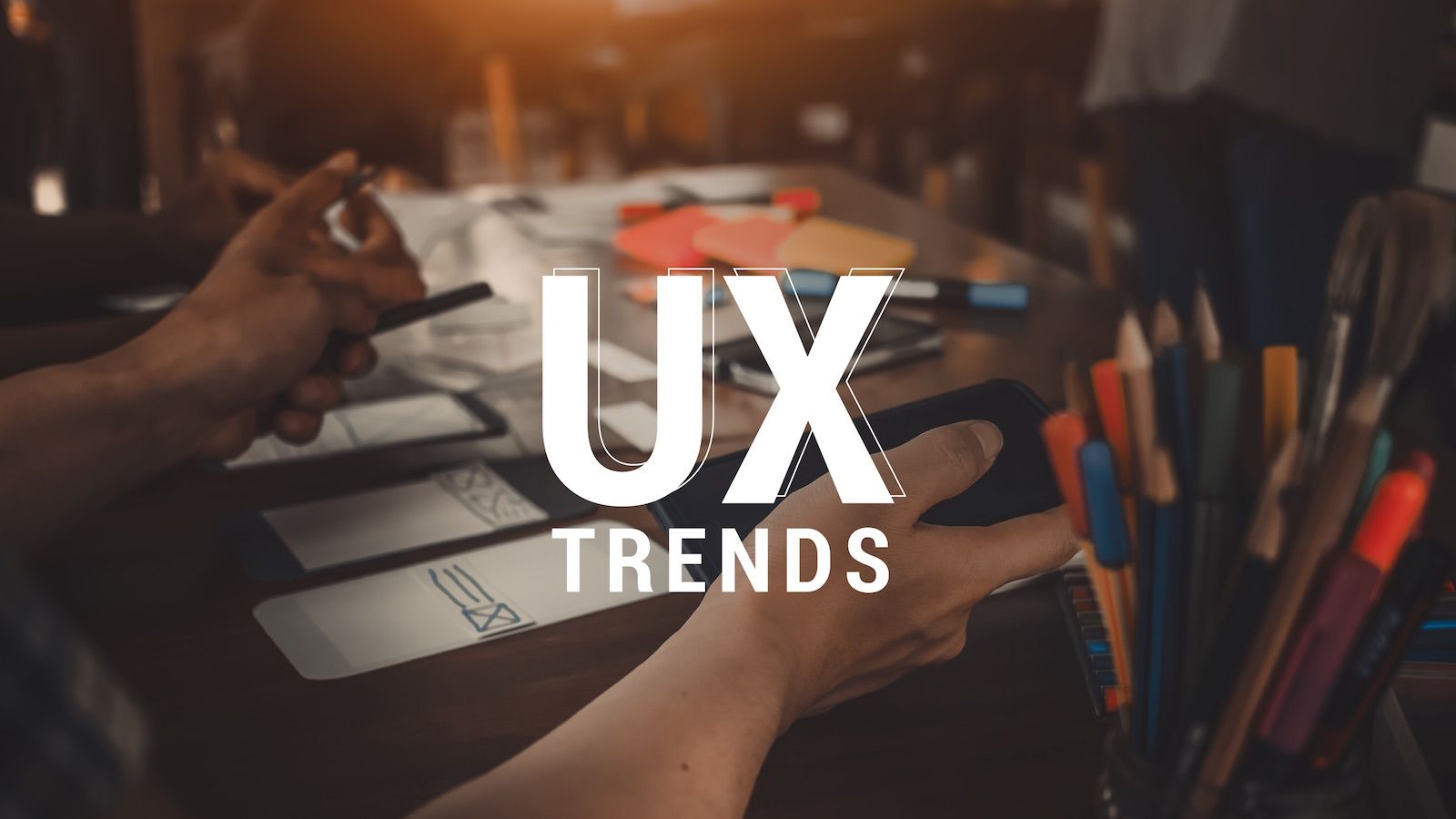
Have you ever driven down a road that was incredibly uneven or bumpy? Did you ever get frustrated trying to install a piece of software on your computer? Have you ever eaten at a restaurant and had lousy food and even worse service? If you said yes, then you have been a victim of poor user experiences that you haven’t forgotten. While UX is a crucial element in both the digital and physical world, it is in digital that we see the value of UX skyrocket, and that is for one reason – choice.
People will often drive down a bumpy road because it is faster or will eat at a restaurant with bad service because it is the only one in town; however, they won’t settle for a subpar digital experience. Why? Simple – quick and easy access to your competition. The internet and technology have torn down limitations and empowered the user to find what they want. What does this mean? Well, if you cannot provide your user with the experience they are looking for, rest assured, somebody else can and will.
So what’s trending in User Experience? That was my question, and fortunately, I am lucky enough to work with a room full of UX designers, creatives, and researchers who could help me find my answers. Here’s our pick of 17 UX trends.
User Journey Simplification
Although trends in UX are ever evolving, a constant that will never fall out of fashion is simplicity. When users interact with an app or site, they typically have a goal in mind that they’d like to accomplish, and if any aspects of the design impede, hinder, or delay achieving that goal will only lend to a bad experience. Simplifying the journey isn’t just about making the next steps from point A to point B easier, but it is about making those steps more intuitive, and where possible, minimizing them. This is why linear flows, with their clear beginning, middle, and end, and progressive disclosure, making information visible when needed, have gained such popularity.
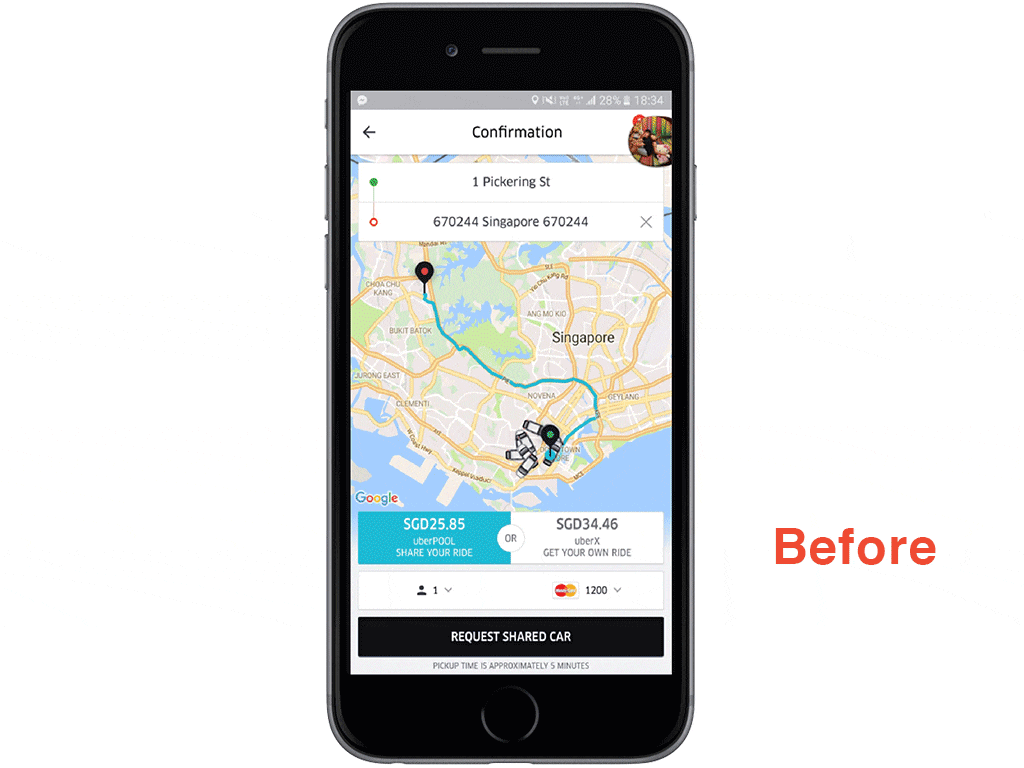
In-App Gesture Paired with Animation
Today’s market is seeing more devices being introduced that are gesture reliant, which sounds ideal, but not without its hurdles, mainly, the lack of physical interaction, such as a “button click” that indicates input. For this reason, developers have started relying on animation to provide the user with feedback and guide them through a smooth, memorable, and “natural” experience.
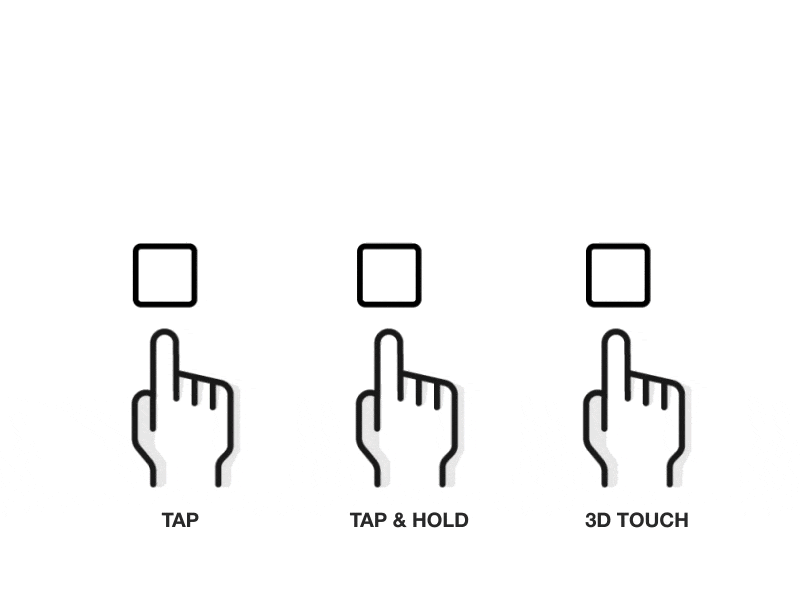
Full-Screen Experiences
Modern devices are not only devoting much more real estate to screens, but those screens are among the highest quality available. So what does that mean for developers? Simple – more space to play with. However, the fact that these devices are capable of so much visually will also work against you if your media is not up to par. Images and videos that appear pixelated will only serve to lower the expectations and the experience of the user.

Emotional Experiences
Brands have long known that the most effective way to interact and create memorable experiences with users is through emotions. However, this year we see emotional intelligence actually being integrated into the mobile experience to make it not only more enjoyable but more engaging. This technology allows users to better express emotion, provides them with a natural way to interact with a UI, and can even mimic emotions in UI feedback. Today, we are seeing technology becoming an expressive extension of our personalities.
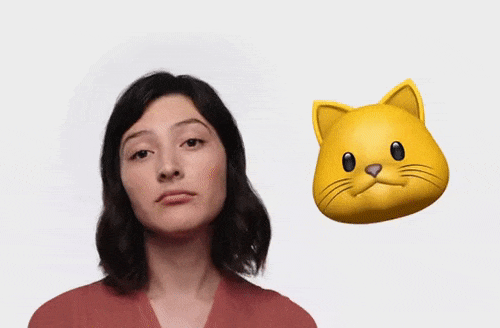
Biometric Authentication
The ideal UX is always a near perfect blend of form and function; however, in our world today, the coupled considerations of security and privacy cannot be ignored. Fortunately, this has provided the perfect opportunity to not only enhance security but also do away with one of the most cumbersome parts of personal devices – passwords, and the solution is biometric authentication. The technology behind biometric authentication is not new; however, we see more widespread adoption along with the evolution of the technology, with touch ID being replaced with facial recognition.

Conversational Design
Few things are more natural for a person to do than converse using their voice and as technology has made it possible, we see a rise in conversational design and interfaces. However, while conversational interfaces are unlikely to replace GUI completely, we see an integration of the two. For example, chatbots are regularly integrated as assistants into messaging platforms, and progression in natural language processing is giving way to completely voice-based interfaces to develop conversational design. As a byproduct, the need for copywriting for this type of interface has never been more important, as the words and exchanges between device and user need to be selected carefully. After all, the difference between a memorable bot and an ineffective one is personality, and that is what UX designers and other stakeholders can achieve through conversational design.
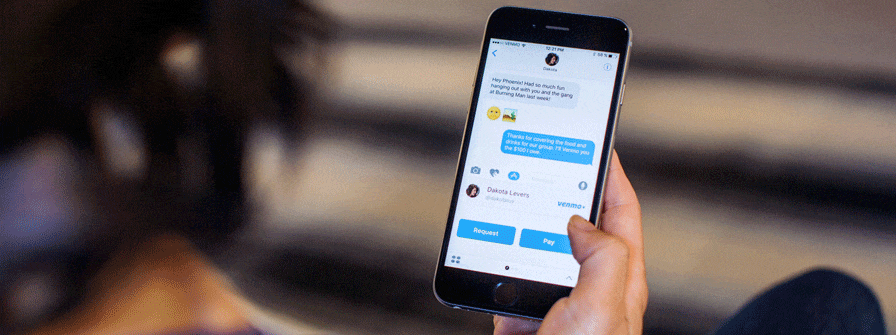
Advanced Personalization
There was a time when the bar for personalization was when a piece of correspondence included the recipient’s name; however, as the user has evolved alongside technologies like conversational design, that simply won’t cut it anymore. One of the most exciting uses of personalization is utilizing the fact that people carry their mobile devices when travelling and providing them with useful and relevant information that corresponds to their location. Technology is also allowing the personalization to go one step further by actually adapting the UI to the user’s requirements, such as language, poor eyesight, or colour blindness.
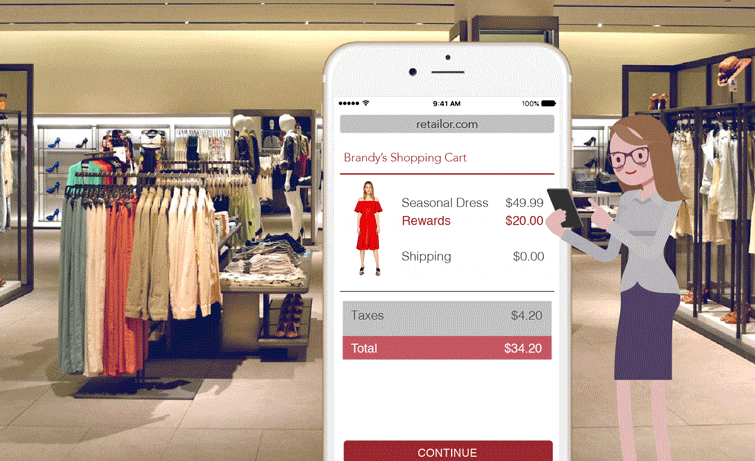
Augmented Reality
While conversational design has the potential to change the way we interact with our devices and applications, augmented reality, or AR, has the potential to change the way we view the world – through those devices. For many, their first exposure to AR was in the form of a game, Pokémon Go; however, thanks to Apple and Google releasing AR frameworks, we are seeing a surge of these applications. From immersive games that allow us to turn our devices into a lens through which to view (and play in) the world to solving real-life problems, like being able to measure the size of objects without using a traditional physical measuring tape, AR is poised to be a helpful and engaging trend.

3D Effects
Developers have long understood that the greater depth and more immersive the experience, the more memorable it becomes. That is why many are opting to shed their 2D habits and push technological and processing limits by creating more 3D effects. However, it is important to remember that just because you can, doesn’t mean you should. Accessibility needs to be accounted for on par with the user experience, and thus, in order to implement this trend correctly, it will likely require a delicate balancing act of form and function, but the excitement of adding another dimension to how we design in digital is hard to ignore.
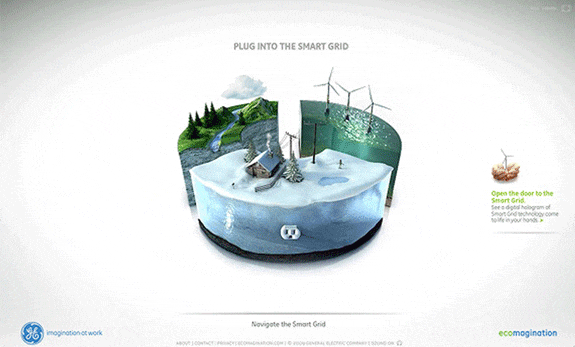
Expressive Typography
The goal of a brand is to engage and communicate a message to its customers; however, all too often, one of the most fundamental ways of communication, words, or rather, the style in which the words are written, is often overlooked. Thankfully, that is looking like it is changing as more and more ux designers are embracing typography. Large, unique, and in many cases, hand-drawn fonts are quickly becoming the norm, as typography is becoming a more sought-after aspect of design and development. Utilizing this practice can allow brands to distinguish themselves further, ultimately enabling the typeface to become an expressive element of the message, especially when combined with animation, as well as encourage prolonged reading for the user.

Bright and Vivid Colours
Looking to influence people? By now you probably know that emotion is the route to get there; however, what you may not have known is that colour, much more than words and images, can help facilitate whether a person has a positive or negative user experience. Fortunately, the onset and ready availability of display technology such as 4K have made it even easier for ux designers to implement a dynamic and much more impactful colour range. And almost symbolically, the direction is towards bright and vivid colours, almost as if to cut through the bland and dim designs of years past.
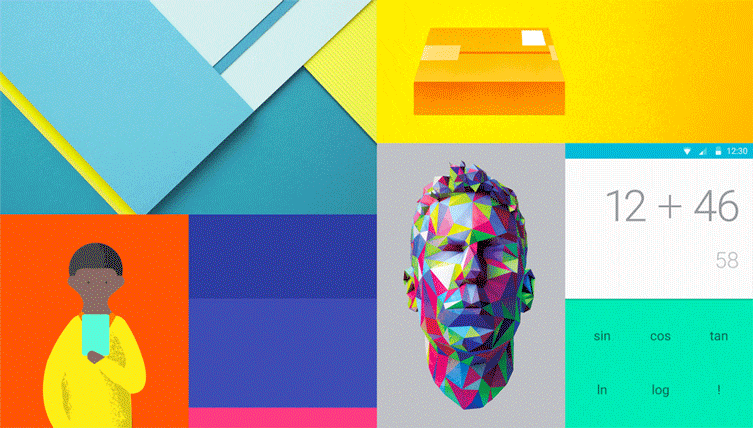
Creative Menus
Anything other than the most basic user experiences will all have one thing in common – options; however, it is the way in which those options are presented that can make a huge difference and possibly pay huge dividends on user-interaction. And while depending on who you ask, this couldn’t come soon enough, it seems the classic, yet dated, hamburger menu is on the way out in favour of more inspired, experimental, and design-driven alternatives. We are seeing more and more designers embrace horizontal menus, progressive disclosure menus, and utilizing unusual typography.

Usability Engineering
Have you ever heard of the human-computer interface or HCI? You should, as that is the way in which users interact with technology; which at its core, is a cornerstone of user-experience. However, in today’s fiercely competitive market, more developers are turning their focus to usability engineering, which is a discipline that blends a firm knowledge of computer science and psychology to approach the development process. Usability engineering is done hand-in-hand with users to ensure a deeper understanding of functionality and design requirements, such as utility, learn-ability, efficiency, retain-ability, errors, and customer satisfaction. Given the direction of the market with AI, AR, VR, IoT, and voice, this more in-depth understanding of what resonates with the user through Usability Engineering has never been more valuable.

Content Focused Experiences
There has begun a shift recently that is seeing UX turn away from design elements that are intended to merely impress and solely relying on UX designers, and instead, focus on what is arguably more important – the content. Utilization of flat design and minimalism are all meant to remove the distraction and help shape a more content-focused experience for the user. In this situation, UX designers take the role of ensuring that nothing impedes a user experience of the content. To follow this trend, UX designers must implement a distinct visual hierarchy, designed to ease content comprehension; utilize functional minimalism by removing unnecessary elements for more precise focus; and whitespace, which gives the content “more room to breathe” and improves the user experience
Device-Agnostic UX Design
There was a time not that long ago when everything was designed for desktop, with mobile seemingly an afterthought. However, today we see a progression towards more mobile centred design, and yet, that still doesn’t do enough in our ever-changing digital landscape. With the rise of the Internet of Things, we are shifting from mobile-first experiences towards multi-device experiences. At its core, this trend is all about creating a continuous interaction and digital experience, regardless of the device. For the user, they have a task in mind, and the way in which that task is accomplished should solely be based on the most convenient and relevant medium on hand, be it a phone, computer, smart speaker, or car. In order to achieve true user experience, it needs to be device agnostic.

Accessible and Inclusive Design
No matter the industry you work, there is a global shift underway in which is seeing people becoming more socially aware, and this is causing a push towards more inclusive and accessible designs. And while yes, admittedly it is a fool’s errand to try and design something that is truly universal and is equally enjoyable to use for everyone, it is still no excuse to utilize all existing technologies and practices to make someone’s life easier. This includes reframing from using triggering or inconvenient elements for the sake of design, accepting that your users aren’t cookie-cutter and diversity is the norm, that you test using users from a variety of backgrounds, and utilize a diverse set of designers. Remember, inclusion and accessibility isn’t a barrier to innovation, rather a stepping stone to universal design.

Collaboration in Design
To think that UX designers are the only players in the UX game would be a gross oversight. That is because marketers, product managers, designers, developers, copywriters, and even the user, all play a role in shaping memorable user experiences. By collaborating through the process and practicing design thinking, not only is empathy and experimentation added to the process but all of the aforementioned can give one another feedback and work towards establishing a collective understanding. The result is not only better experiences being crafted but does so with such intent and diversity that the previous point, accessibility and inclusive design, almost definitely becomes a byproduct of such collaboration. By identifying shared goals, continuously opening the lines of communication, and being open to new perspectives and constructive feedback, the world of UX promises only to become more lucid as time progresses.

Considerations For UX Designers Going Forward
Experiences are surely evolving alongside the technology that empowers them. As is clear from some of the trends mentioned above, we do not only see a global shift in UX but one of global citizenship that is purposely taking into account the diversity of the user through design thinking, like through conversational design or usability engineering. And while impossible to predict the future, we do know one thing about the direction of UX – it will continue to have a direct impact on the top and bottom line of your brand.


